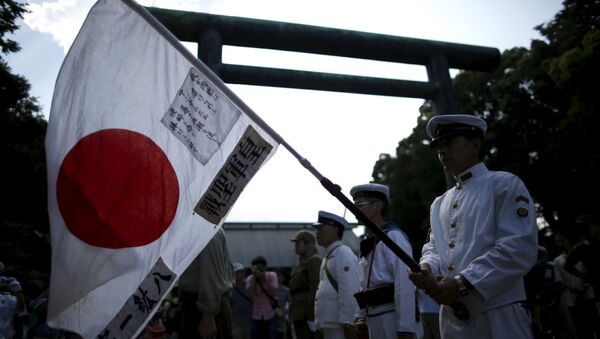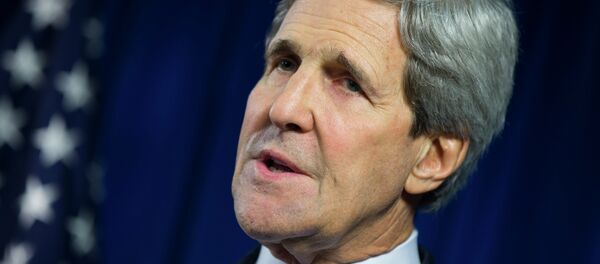MOSCOW (Sputnik) — The surrender of Japan was announced August 15, 1945, and the official documents were formally signed on September 2, 1945, ending World War II.
1940 Tripartite Pact between Germany, Japan, Italy
Planning to enter WWII, the Japanese ruling parties hoped that England and France, mired in the European theater, would be unable to provide sufficient forces to defend their colonies and strongholds in Asia, and the Soviet Union would focus its resources on the war with Nazi Germany. The stage was set for Japan to seize Pacific and Southeast Asian territories controlled by the then-limited Allied forces. The Japanese priority was to take French Indochina as a bridgehead to stage an attack on China and then occupy Malaya.
In September 1940, following the surrender of France, Japan occupied Northern French Indochina and in July 1941, Southern Indochina.
Japan's battle with Allied Forces
On December 7, 1941, Japan attacked several US bases in the Pacific Ocean, including Pearl Harbor, airfields in the Philippines and other US and British facilities in the Pacific. The United States quickly declared war on Imperial Japan. During the first year of the war Japan enjoyed strategic supremacy at sea and in the air. By mid-1942, it had occupied the Philippines, Indochina, Thailand, Burma, Malaya and Indonesia, establishing a colonial regime but triggering strong opposition by residents, leading to an expensive and ultimately unsustainable increase of its occupation force.
In May 1942, in the Battle of the Coral Sea, the US Navy won its first victory over the Japanese Navy, and in June 1942, the Japanese suffered a major maritime defeat in the Battle of Midway. Toward December 1942, the tide of war in the Pacific theater shifted in favor of the United States and its allies. Japan lost its strategic initiative and switched to a posture of defense. In the summer of 1943, the Allies began their offensive operation in earnest.
The last act
On August 8, 1945, in accordance with Crimea and Potsdam conference resolutions, the Soviet Union officially joined the Potsdam Declaration of 1945, and on August 9, entered the war against Japan.
Following the Soviet Union’s entry into the Pacific theater of World War II, the Japanese government, overwhelmed by the horrific devastation of the twin nuclear attacks, realized they could not continue to fight. On August 10, the Japanese government announced via neutral countries – Switzerland and Sweden – that it would accept the Potsdam Declaration, but would not accept peace conditions that would deprive the Emperor of his powers.
The governments of the USSR, the United States, the United Kingdom and China reiterated their demand for unconditional surrender. They pointed at the provision of the Potsdam Declaration stipulating that from the moment of surrender the authority of the Emperor and the government of Imperial Japan must end. At the moment of capitulation the Supreme Commander of the Allied powers would take the steps necessary to implement the terms of the surrender.
Japan's surrender
On August 14, 1945, Imperial Japanese Emperor Hirohito recorded a speech to the nation announcing the termination of the war and Japan's unconditional surrender. Upon learning of the Emperor’s speech, on the night of August 14-15, a group of fanatical Japanese officers tried to prevent the country's surrender. Their goal was to remove the so-called "peace champions" from the political arena and exhort the armed forces to perform a coup. To prevent the Emperor’s speech from being made public, they sought to destroy the recording before it was aired. The majority of the Tokyo garrison refused to join the plotters, remaining loyal to their oath of allegiance. The hastily organized coup was suppressed within hours.
On August 15, the Imperial Rescript on the acceptance of the terms of surrender was aired on the radio.
On that same day, hostilities between Anglo-American and Japanese armed forces effectively ceased, but Japanese troops continued to resist Soviet forces in northeastern China, Korea, South Sakhalin and the Kuril Islands. Japan's Kwantung Army units had not received their orders to terminate hostilities.
On September 2, 1945, the Japanese Instrument of Surrender was signed in Tokyo Bay aboard the USS Missouri.





